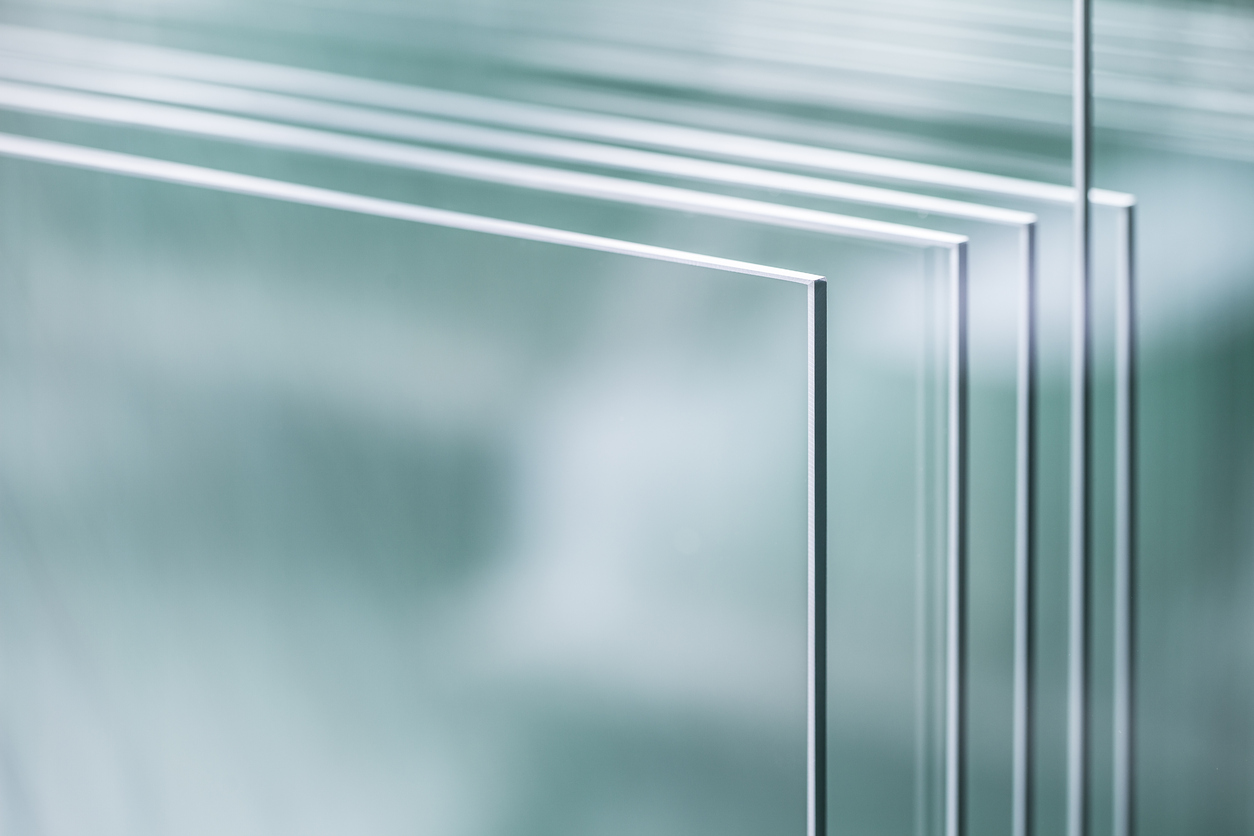

Low-E Glass Factory Revolutionizing Energy Efficiency in Modern Architecture
In the ever-evolving landscape of construction materials, Low-E (Low Emissivity) glass has emerged as a game changer, significantly enhancing energy efficiency while providing comfort and protection against various environmental elements. The Low-E glass factory plays a crucial role in producing this innovative material, catering to the growing demand for sustainable building solutions. This article delves into the processes, benefits, and future of Low-E glass production.
Understanding Low-E Glass
Low-E glass is engineered with a microscopically thin, transparent coating that reflects infrared energy while allowing visible light to pass through. This unique property makes it exceptional in various climates, reflecting heat during summers and retaining it during winters. As a result, it reduces the reliance on heating and cooling systems, leading to lowered energy consumption in residential and commercial buildings.
The Manufacturing Process
The production of Low-E glass involves several intricate steps. The raw materials, primarily silica sand, soda ash, and limestone, are melted to create a glass substrate. This substrate is then meticulously coated with a thin layer of metallic oxides, often using a chemical vapor deposition or magnetron sputtering process. These coating methods are designed to ensure an even distribution of the Low-E layer, maximizing its efficiency.
Once coated, the glass undergoes various tests to ensure it meets the required specifications for performance and durability. This quality control is vital as the glass must withstand environmental pressures while maintaining its energy-saving characteristics. The final product is then cut and treated for installation, ready to be used in windows, skylights, and facades.
The Benefits of Low-E Glass

The advantages of Low-E glass are manifold. Firstly, its energy efficiency contributes significantly to reducing a building's carbon footprint. By minimizing heat loss in winter and heat gain in summer, Low-E glass can decrease energy bills by up to 30-50%. Furthermore, it enhances indoor comfort, ensuring a stable and pleasant environment regardless of external weather conditions.
Additionally, Low-E glass provides UV protection, which helps in preventing furnishings, carpets, and artwork from fading due to sun exposure. This benefit is particularly essential in regions with high sun exposure. Moreover, Low-E glass can also reduce glare, making spaces more comfortable for occupants.
From an aesthetic viewpoint, Low-E glass is available in various tints, allowing architects and designers to maintain the desired look of a building while reaping the energy benefits. This flexibility makes it an attractive choice for many construction projects.
Environmental Impact and Sustainability
The production of Low-E glass, like any other manufacturing process, has its environmental considerations. However, advancements in manufacturing technologies have led to reductions in waste and emissions associated with its production. The long-term benefits of Low-E glass far outweigh the initial environmental costs, as its installation leads to substantial energy savings and a lower carbon footprint for buildings over time.
Future Prospects
As global awareness regarding climate change and energy conservation grows, the demand for Low-E glass is expected to rise. The construction industry is increasingly leaning towards sustainable practices, making Low-E glass a staple in green building certifications such as LEED (Leadership in Energy and Environmental Design). Moreover, innovations in coating technologies and glass treatments promise to further enhance the performance of Low-E glass.
In conclusion, the Low-E glass factory embodies a commitment to creating sustainable building materials that cater to the needs of modern architecture. By revolutionizing energy efficiency and reducing environmental impacts, Low-E glass represents a key component in the pursuit of greener buildings. As technology progresses, we can anticipate even more advancements in this field, paving the way for a more sustainable future in construction and design.